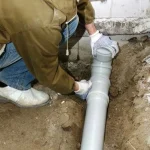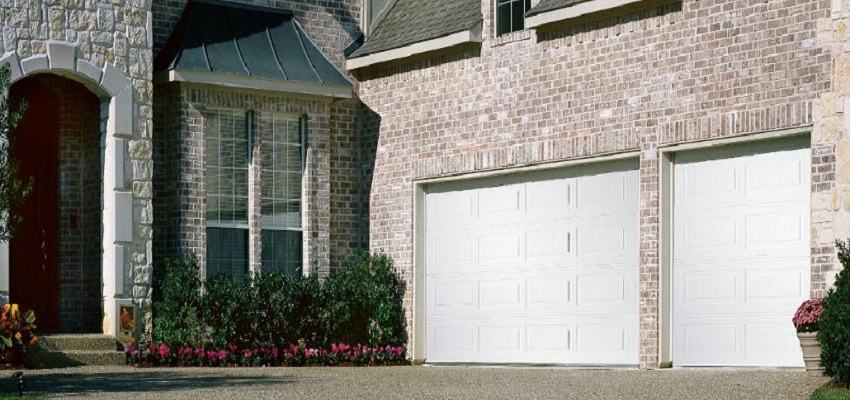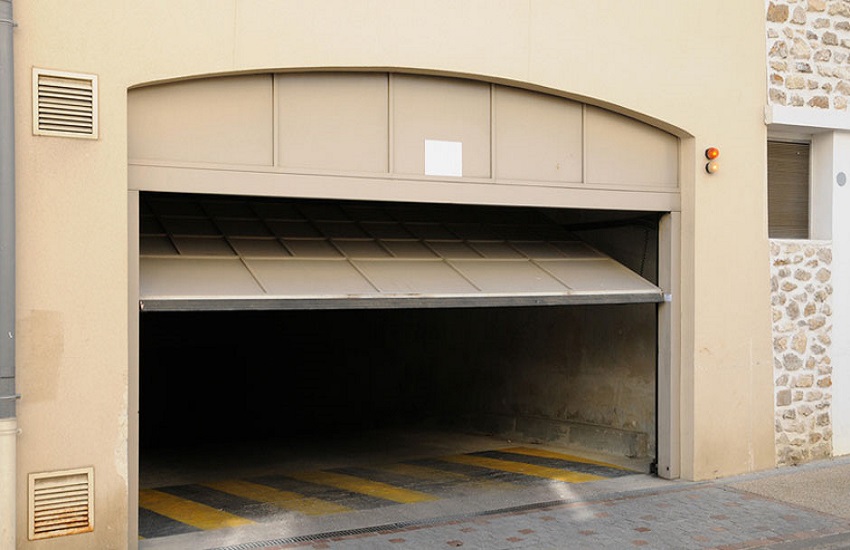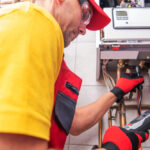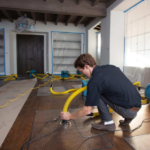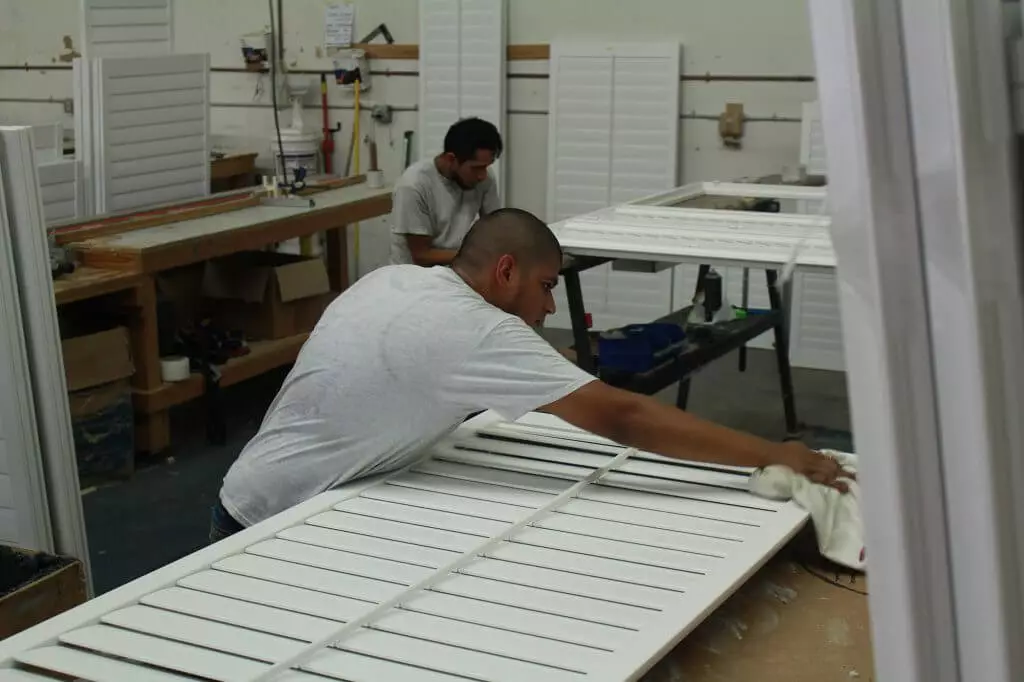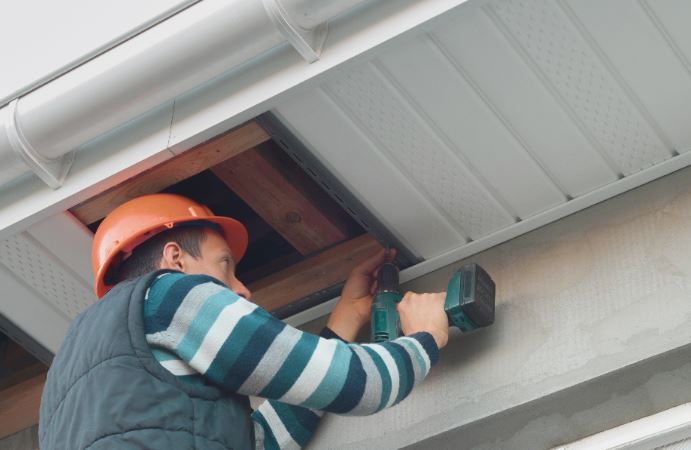Air conditioning is a modern convenience that keeps our homes cool and comfortable, especially during hot summer months. However, like any other appliance, air conditioners can encounter issues over time. When your air conditioner breaks down, it can be frustrating and uncomfortable. In this guide, we’ll explore common air conditioning problems and provide tips on troubleshooting and fixing your air conditioner.
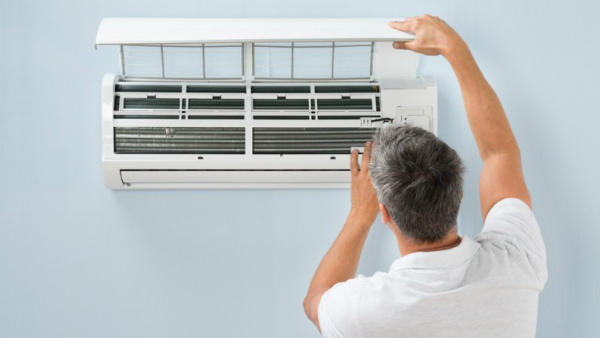
Content
1. Identifying the Problem
If Your Air Conditioning Isn’t Working
The first step in fixing your air conditioner is identifying the problem. If you notice that your air conditioner isn’t working as it should, there could be several reasons behind it. Common signs of a malfunctioning air conditioner include warm air blowing from the vents, strange noises, or a complete failure to turn on.
2. Check the Thermostat
Troubleshooting Steps
One of the simplest troubleshooting steps is to check the thermostat settings. Sometimes, the thermostat might be set incorrectly or have a dead battery, causing the air conditioner not to function properly. Ensure that the thermostat is set to “cool” and the temperature is lower than the current room temperature.
3. Inspect the Air Filter
AC Repair
A dirty or clogged air filter can restrict airflow, causing your air conditioner to work harder than necessary and potentially lead to overheating. Regularly inspect and replace the air filter according to manufacturer recommendations. A clean filter can improve air quality and the efficiency of your air conditioning system.
4. Examine the Circuit Breaker
A/C Repair
If your air conditioner suddenly stops working, it might have tripped the circuit breaker. Check the circuit breaker panel and reset any tripped breakers associated with your air conditioning unit. If the breaker continues to trip, there could be an underlying electrical issue that requires professional attention.
5. Clear the Condenser Unit
Fixing Your Air Conditioner
The condenser unit, located outside your home, plays a crucial role in the cooling process. Ensure that the area around the condenser unit is clear of debris, such as leaves, dirt, or branches, which can obstruct airflow. Use a garden hose to gently clean the condenser coils from any dirt or debris buildup.
6. Refrigerant Levels
According to Irish Heating and Air
Low refrigerant levels can cause your air conditioner to blow warm air or fail to cool properly. If you suspect a refrigerant leak, it’s essential to contact a professional air conditioning technician to diagnose and repair the issue. Attempting to handle refrigerant without proper training and equipment can be hazardous.
Conclusion
Regular maintenance and prompt attention to air conditioning issues can help prevent costly repairs and ensure that your system operates efficiently. By following these troubleshooting tips, you can address common air conditioning problems and keep your home cool and comfortable during the warmer months. If the issue persists or if you’re unsure about performing repairs yourself, don’t hesitate to contact a qualified air conditioning repair technician for assistance.

I am Donovan and my love is writing about home improvement. I write mostly about home ideas, but also share some tips and tricks that can make your life easier when it comes to getting things done in the house.
